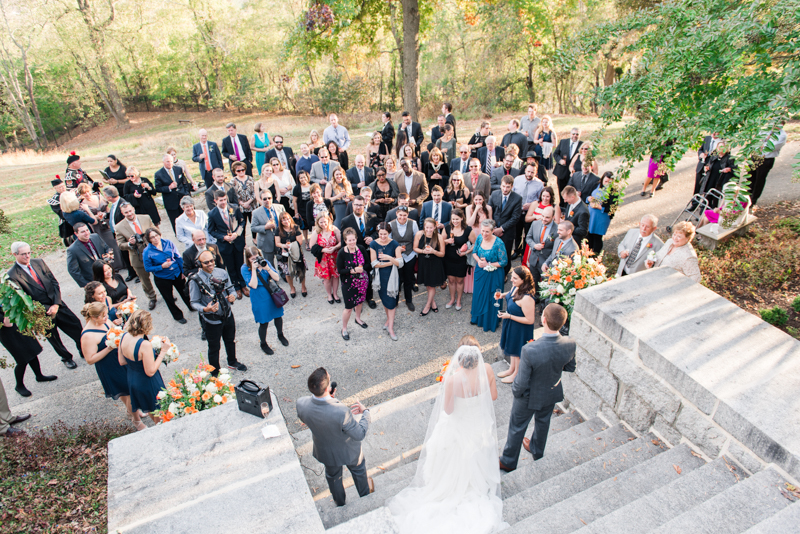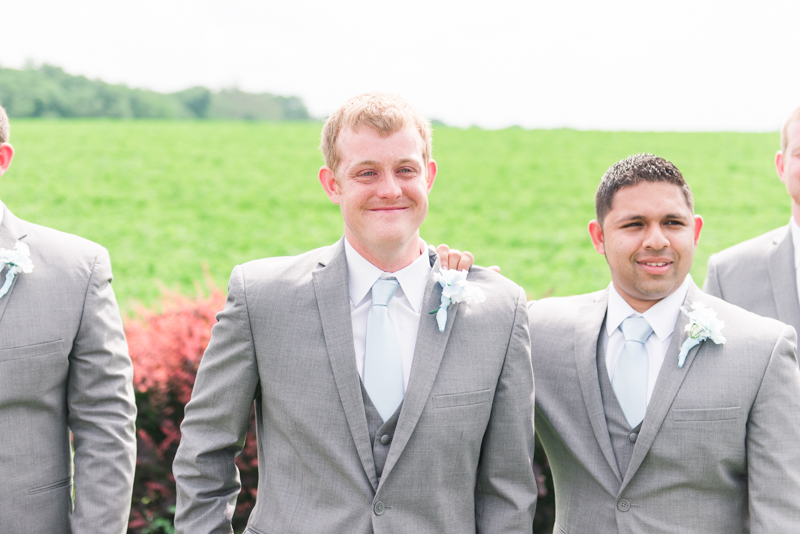Instagram's New Sorting (The Sky is Not Falling)
From Shawn
Hi everyone. Shawn again, and I'm here to present some news that interests me on more than a few levels. As a computer scientist with a special interest in the technology that makes sites like Facebook and Google tick, I've been watching the discussion about the major changes to Instagram. For those not in the know, Instagram is changing the way the news feed is sorted. Previously, your Instagram feed was reverse chronological ordering, with the most recent posts showing up at the top. The new ordering is going to use a mix of machine learning and magic (okay, mostly machine learning) to tailor your feed to how it thinks you would appreciate the content.
Some people are scared this means the death of small businesses, enough to form an online petition to request a reversal of the decision. As a co-owner of a small business, I understand how there can be a strong fear of these changes that might make an already difficult job even harder. This is actually going to have an effect on getting content published, which is one of the hardest things as a small business. And it's scary enough trusting another company, let alone some mysterious algorithm.
I'm here to tell you that everything is probably going to be okay, whether you are a purveyor of images or a casual Instagram user.
Engagement and Instagram
The excellent Instagram post scheduling site Latergramme has a blog post discussing the changes. It's worth a read, regardless of what side of the fence you sit on with the issue. They point out that since the early years of Facebook's algorithmic sorting, there has been a lot of maturity in this kind of method of delivering content. Facebook owns Instagram now, so you can expect the knowledge and experience they have gleaned over the last few years will be adapted to their young but sturdy social network service. And, more importantly, Instagram is still not Facebook.
One of the widely touted benefits of Instagram is the extremely high engagement rates between users. Instagrammers love to share and communicate more than any other social network. It's what helps make Instagram great, and it's what we should expect Instagram wants to retain. So when we want to know what's best for us as users or as small-business owners trying to promote our content, we really have one big question: "Will this help or hurt my user engagement?"

Post Timing and Overwhelm
To know how users will be affected by the potential changes, consider what it's like to be a typical user. Generally, you only have a few minutes of spare time (or boredom) to jump into the app and browse content from those you follow. With your limited time, you want to find all the posts you haven't seen that interest you the most. If you see everything in reverse chronological, you are guaranteed to see any new posts since you last logged in, but you aren't guaranteed to have enough time to see them all or have any interest in the ones you did catch. Plus, the next time you launch the app, you'll have to scan past everything you already saw to reach posts you missed from your last viewing session... it gets overwhelming fast.
The problem is exacerbated since content creators, particularly those who rely on Instagram for business, need to compete for your attention. With feeds ordered by time, content creators are encouraged to post at very particular times. This means a flood of content which is a challenge to sift through, and if you don't see all of it before the next flood, content will get buried and missed. The first few hours are the most critical when releasing content, and it is generally where you will see the most likes, since rarely will material older than a handful of hours get seen by the majority of your followers.
If you don't believe overwhelm is an issue, just look at the original Instagram post, and consider that users "miss on average 70 percent of their feeds." This is awful as a small business, since it is only through unnecessary tenacity and a lot of luck that you manage to be that 30%.
Let's Forget About Time
Pictures (especially digital) are eternal. When your friend posts an adorable puppy photo, or your favorite photographer (or photographer couple!) shows a look back to a gorgeous wedding, those photos are capturing a moment that will be shared and remembered for more than just the fraction of a second the camera clicks. So does it matter what time the post was created and shared? Timing and speed of receiving tweets is important (they even move faster than an earthquake), but images don't share this same urgency and time dependency. Reverse chronological doesn't even help with things where time is relevant, since it means you see your friends disappointment at the movies before his excitement arriving at the theater, or newlyweds leaving their wedding before they have their first dance. So let's ditch the idea that reverse chronological is helpful on Instagram.

Algorithm's and You
More importantly, if we are only going to catch a third of our feed, we want it to be the part we care the most about. And if we want people to see our content, we want the people who care and engage the most with us to see it. So we should instead sort by something meaningful. What's more meaningful for user engagement than considering what actually makes the user engage? And nobody knows what makes you engage more on Instagram than the machines that make Instagram run. Through your entire Instagram profile's life, they've been recording what you've liked and commented on, and who you engage with, plus many more minute details that we probably aren't aware of. Using some powerful machine learning techniques, those computers can likely build a better understanding of how you interact on Instagram than we would understand.
We should learn to trust these algorithms. Instagram has a lot of very talented programmers and researchers, which is expected from a company that made such a fantastic program. Those people are invested heavily in making Instagram the best platform it can be. They are willing to adjust it to better accommodate their users, because nothing is worse for a social network than to upset its valuable people with a poor change. This isn't any more magic or scary than Google sorting your results when you search "little rock" or "pizza near me".
Browsing a Personalized Feed
Most importantly, these are personalized feeds for each user. While paid advertising and popular brands taking a significantly higher position is a scary possibility, it is no more of a problem than these competing posts from simply being more lucky on their post timing. On the flip side, if one of your followers frequently engages or in some way seems to value your content over others (i.e., your ideal follower), then your post will frequently trump the others. The only people who would be more likely to miss your content with the new sorting are the ones who already had little to no interest in your content.
Buried posts are less of a problem now, since new content isn't streamed in like it's coming from a fire hose. Instead, it is all considered by the system and ordered based on what it thinks you would like. It's like if you missed your friend's birthday party, but he collected all the images people took and carefully ordered them how he think you would like them. You can continue browsing them and stop guilt free when you start getting bored or uninterested in the images. The new Instagram sorting will even drop stale content down, so you should be seeing newer posts at the top.

What This Means
When we publish a post on Instagram, it used to be a race to get the most likes as possible before the post was buried. Now, content we release will not rise as rapidly in the short time before it gets buried, but will have gradual growth as the it is seen by more engaged users over a longer period of time. Similarly, when browsing through Instagram, we can expect the first posts to be from those users who we like and comment on most frequently. If implemented correctly, this is the most ideal Instagram experience across the board.
Next Steps
Since it seems that the new feed has been enabled for everyone, now is to the time to pay attention to how you are being affected as a content producer. Find a good Instagram Analytics website you enjoy, track all your posts for a few days to see how your engagement changed, and follow some strategies for maximizing your impact. Just do your best to engage on Instagram and keep publishing awesome content, and see how you feel about this over time!








